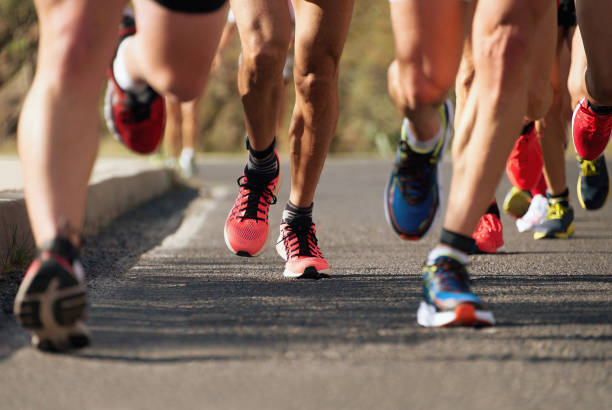
Effect of shoe cushioning on landing impact forces and spatiotemporal parameters during running: results from a randomized trial including 800+ recreational runners
01/09/2022
Laurent Malisoux 1, Nicolas Delattre 2, Christophe Meyer 3,
Paul Gette 3, Axel Urhausen 4, Daniel Theisen 5
1 - Physical Activity, Sport & Health research group, Luxembourg Institute of Health, Luxembourg, Grand-Duchy of Luxembourg.
2 - Movement Sciences Department, Decathlon Sports Lab, Villeneuve d'Ascq, France.
3 - Human motion, Orthopaedic, Sports medicine and Digital methods unit, Luxembourg Institute of Health, Luxembourg, Grand-Duchy of Luxembourg.
4 - Sports Clinic, Centre Hospitalier de Luxembourg, Luxembourg, Grand-Duchy of Luxembourg.
5 - ALAN - Maladies Rares Luxembourg, Bascharage, Grand-Duchy of Luxembourg.
Abstract
In a recent randomized trial including 800+ recreational runners, injury risk was lower in those who received the Soft shoe version compared to those using the Hard version (Hazard ratio = 1.52; 95% Confidence Interval = 1.07-2.16). Here, we investigated the effect of shoe cushioning on ground reaction forces (GRF) and spatiotemporal parameters in the same cohort, with a special focus on Vertical Impact Peak Force (VIPF) and Vertical Instantaneous Loading Rate (VILR). Healthy runners (n = 848) randomly received one of two shoe prototypes that differed only in their cushioning properties (Global stiffness: 61 ± 3 and 95 ± 6 N/mm in the Soft and Hard versions, respectively). Participants were tested on an instrumented treadmill at their preferred running speed. GRF data was recorded over 2 min. VIPF was higher in the Soft shoe group compared to the Hard shoe group (1.53 ± 0.21 vs. 1.44 ± 0.23 BW, respectively; p < 0.001). However, the proportion of steps with detectable VIPF was lower in the Soft shoe group (84 vs. 97%, respectively; p < 0.001) and Time to VIPF was longer (46.9 ± 8.5 vs. 43.4 ± 7.4 milliseconds, respectively; p < 0.001). No significant differences were observed for VILR (60.1 ± 13.8 vs. 58.9 ± 15.6 BW/s for Soft and Hard shoe group, respectively; p = 0.070) or any other kinetic variable. These results show that the beneficial effect of greater shoe cushioning on injury risk in the present cohort is not associated with attenuated VIPF and VILR. These GRF metrics may be inappropriate markers of the shoe cushioning-injury risk relationship, while delayed VIPF and the proportion of steps displaying a VIPF could be more relevant.
